Glutamic Oxaloacetic Transaminase, Enzyme Activity (TBP0069)
$94.00 – $376.00
| SKU | Stock | SIZE | Price | Quantity | ||
|---|---|---|---|---|---|---|
| TBP0069-1KU | Yes | 1000 U | $94.00 | |||
| TBP0069-5KU | Yes | 5000 U | $376.00 |
- Description
- Terms
- Additional information
- Documents
- Reviews (0)
Description
Product Details
Form: Ammonium Sulfate
Solubility: Distilled water or dilute buffer
Stability: Store at 4° C (39° F); Do not freeze
Activity: 200 U/mg protein
Protein: 10 mg/ml
Contaminants: Glutamate dehydrogenase <0.01%;
Glutamate pyruvate transaminase <0.01%;
Lactate dehydrogenase <0.01%;
Malate dehydrogenase <0.01%;
Oxaloacetate decarboxylase <0.05%
Catalog No.: 126B0200
Unit Definition
The amount of enzyme which will catalyze the transamination of one micromole of L-aspartate per minute at 25°C and pH 7.5.
Assay Method
The assay is based on a coupled reaction where the oxaloacetate formed is reduced to malate in the presence of NADH and malate dehydrogenase. The decrease in the absorbance at 340 nm caused by the oxidation of NADH is proportional to the catalytic activity of GOT.
Applications
(L-Aspartate: a-Ketoglutarate amino transferase, EC 2.6.1.1) Glutamic oxaloacetic transaminase (GOT), also known as aspartate aminotransferase, catalyzes the following reaction:
GOT L-Asp + a-Ketoglutarate ——> Oxaloacetate + L-Glu
The enzyme is widely distributed in plants and animals, but it occurs in concentrated form in mammalian heart and liver. GOT requires pyridoxal phosphate as a coenzyme for its activity. It exists as two isozyme forms, the mitochondrial form (M-GOT) and the cytosol form (S-GOT). GOT from porcine heart has a molecular weight in the range of 91,000-94,000. Serum GOT levels in healthy subjects are low, but the levels are significantly elevated in a number of clinical conditions such as acute and chronic hepatitis, obstructive jaundice, carcinoma of liver, myocardial infraction and muscular dystrophy. Therefore, determination of serum GOT level has great clinical and diagnostic significance. In addition, GOT has applications in coupled enzyme reactions for measurement of metabolite levels in biological fluids.
Reagents
- 0.1 M Potassium phosphate buffer, pH 7.5.
- 0.008 M NADH, disodium salt (5 mg/ml) in buffer. Prepare fresh.
- 0.3 M L-Aspartate-monopotassium salt (51.4 mg/ml) in buffer.
- 0.60 M a-Ketoglutarate (87 mg/ml) in buffer.
- Malate dehydrogenase (MDH). Using phosphate buffer, prepare a solution to yield a concentration of 200-250 U/ml. Prepare fresh prior to assay.
- Glutamate-oxaloacetate transaminase (GOT) enzyme solution. Using phosphate buffer, prepare a GOT solution with a concentration in the range of 0.2-0.4 U/ml. Must be prepared fresh prior to the assay.
Procedure
- Set spectrophotometer (equipped with strip chart recorder and temperature control) at 340 nm and 25°C.
- Into a cuvette pipette the following reagents in the amounts indicated:
Phosphate buffer 1.00 ml
NADH 0.10 ml
L-Aspartate 1.50 ml
a-ketoglutarate 0.20 ml
MDH 0.10 ml
Mix and incubate in spectrophotometer at 25°C for 5 minutes.
- Record absorbance at 340 nm (blank), if any.
- Initiate the reaction by adding 0.1 ml of enzyme (GOT) solution. Record absorbance at 340 nm for 5 minutes.
- Calculate (delta)E340 nm/min
Additional information
| SIZE | 1000 U, 5000 U |
|---|
Be the first to review “Glutamic Oxaloacetic Transaminase, Enzyme Activity (TBP0069)”
You must be logged in to post a review.

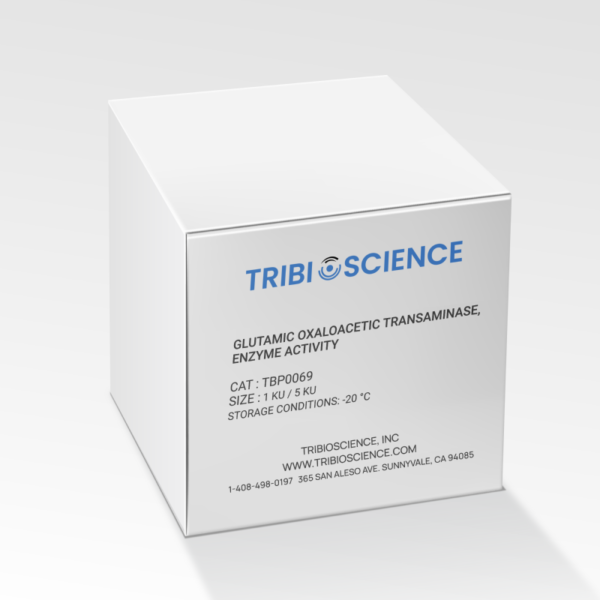
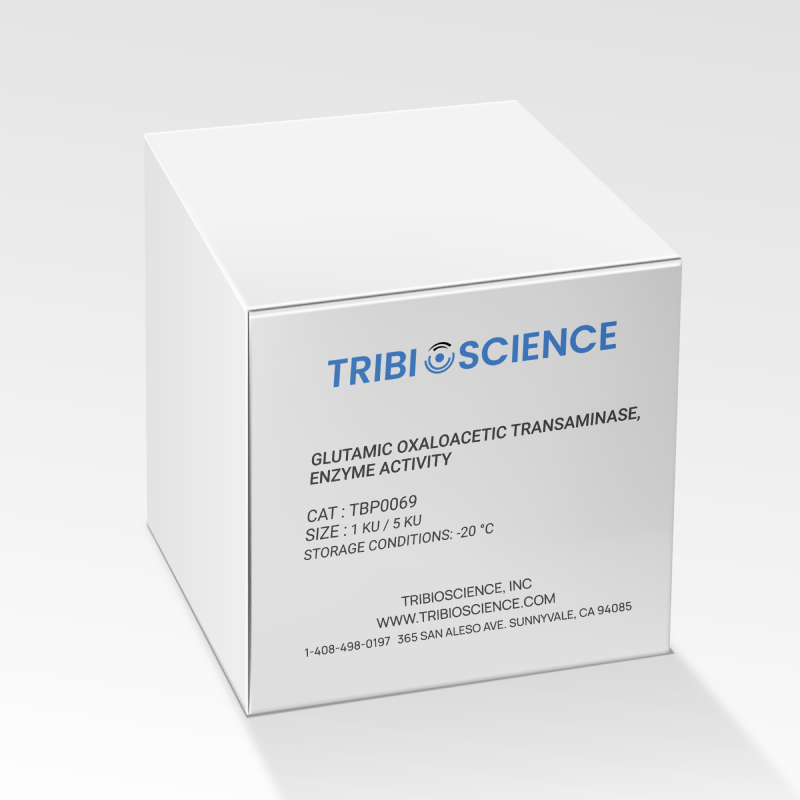
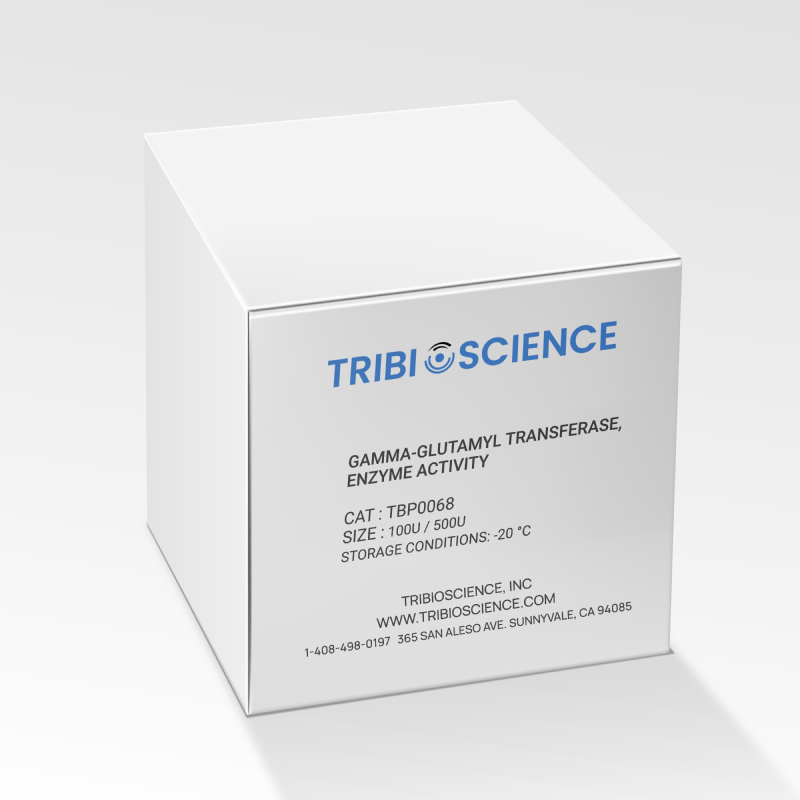
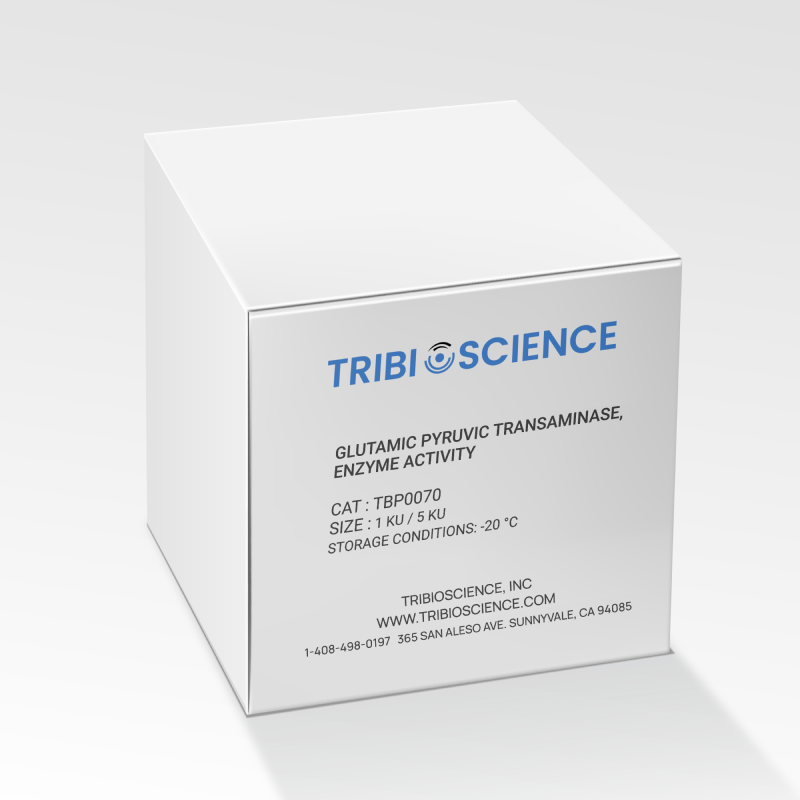
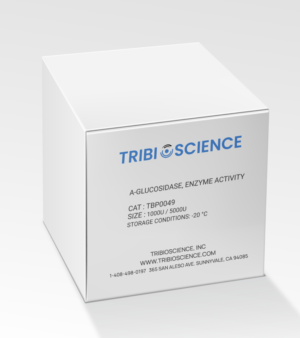
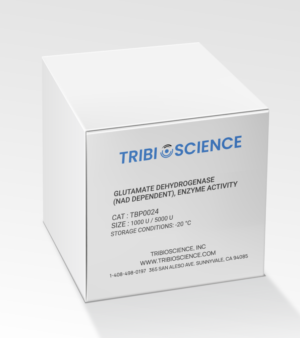
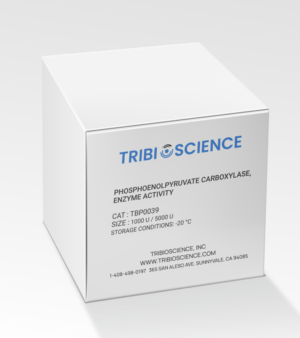
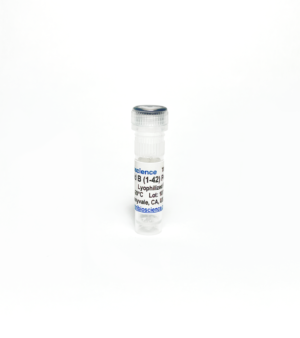
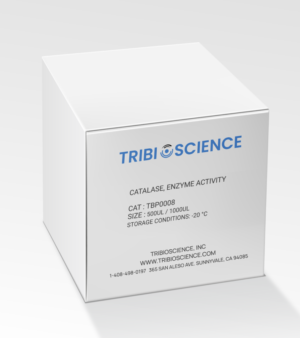

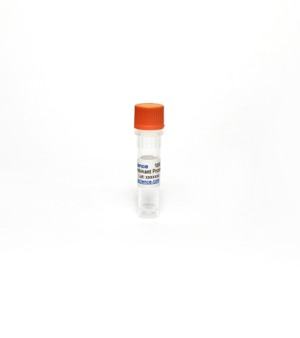
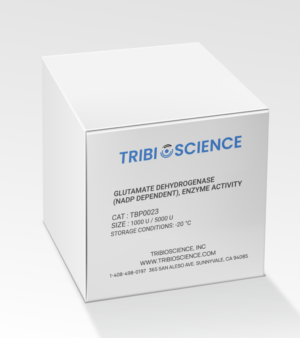
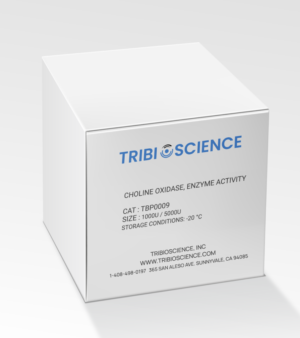
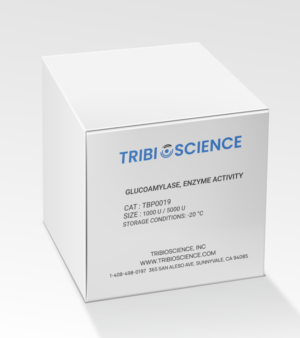

Reviews
There are no reviews yet.